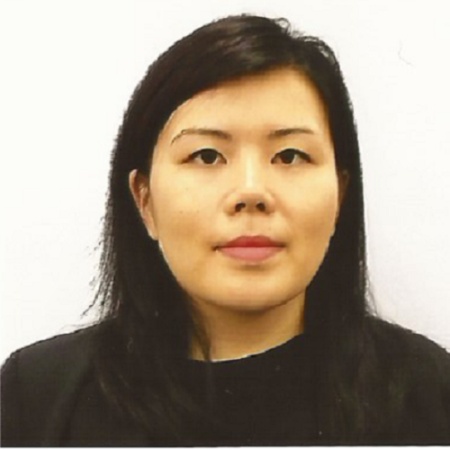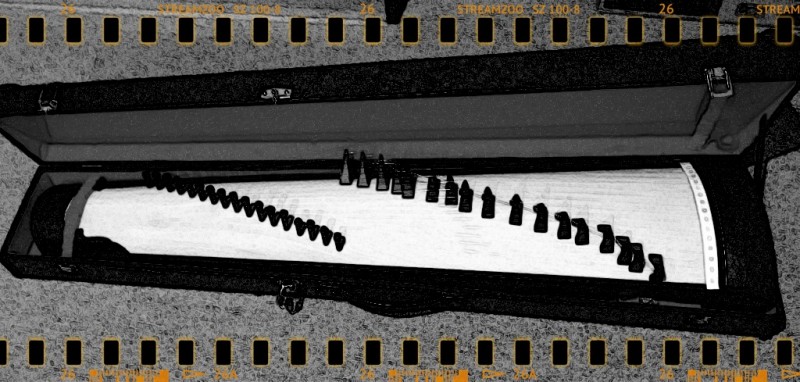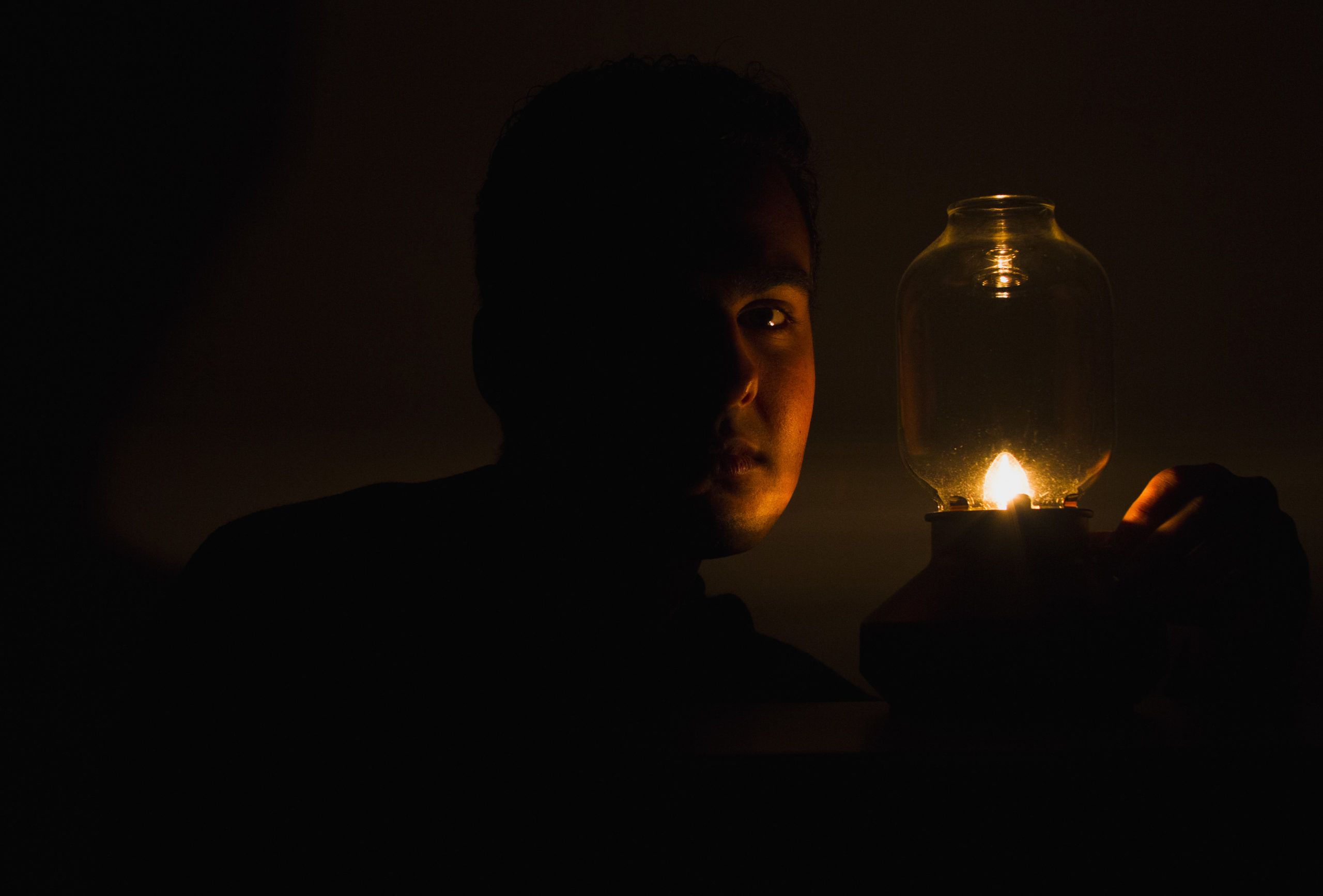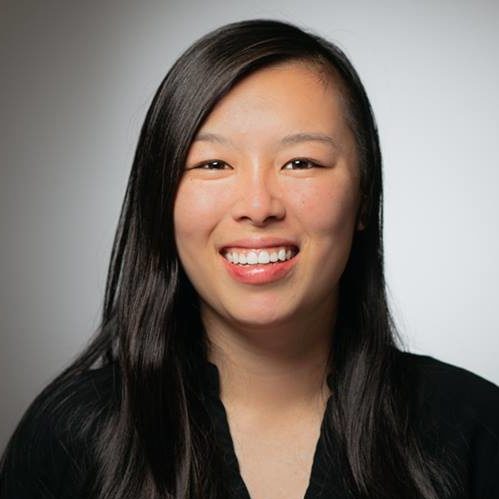
Chinese-American Victoria Lim was trying to cover veteran memorials in nearby communities as a journalism student, but she was turned away from the organizers of the memorial.
Her very presence as an Asian American was seen as irreverent.
“He said, ‘How disrespectful can you be? I can’t believe this. We have people here who have families and brothers and friends in Korea, and Vietnam and Japan and you have the gall to show up here,’” Lim said.
She had to sit inside the news van while her videographer covered the event instead.
Lim has since moved up in the journalism industry. She is currently the managing editor for public relations and editorial content for Walt Disney World, but before reaching this point in her career, she experienced the constricting effects of being a marginalized minority in the workplace.
Jane Hyun, an Asian American executive and leadership coach, explores how a combination of cultural and societal factors obstruct Asian Americans from advancing to top-level executive positions in her book, “Breaking the Bamboo Ceiling: Career Strategies for Asians.”
These factors are primarily subjective, leaning on the basis of stereotypes. The bamboo ceiling is derived from the term “glass ceiling,” a theory referring to the barriers that women and minority groups face when seeking higher-level jobs.
Lim experienced this firsthand. Her co-workers were surprised that she spoke English well and that she was more outspoken or aggressive. Others had also assumed that she got her job based solely on her race. Regardless of whether it’s because she’s Asian American, a female or both, people have tried to fit her to a certain mold.
A reason the bamboo ceiling exists, according to Malini Johar Schueller, an Asian American professor at the University of Florida Department of English, is that Asian Americans are often seen as perpetual foreigners. The perpetual foreigner stereotype is that Asians are not fully embraced as “American;” rather, they are constantly seen as abnormal foreigners.
Schueller said students have questioned her ability to teach certain courses because of her ethnicity.
“If I teach an Asian American class, it’s fine,” Schueller said. “But suppose I’m teaching a regular American Lit[erature] class. There’s always the question of, ‘Do you have the credentials to do this?’ I have to qualify [myself] in ways that others may not have to do.”
Discrimination spans all industries, from media, to education to technology.
The Ascend Foundation, a nonprofit group that serves to help Pan-Asians in the business sector, released a study last year on Asian American demographics in Silicon Valley, “Hidden in Plain Sight: Asian American Leaders in Silicon Valley.”
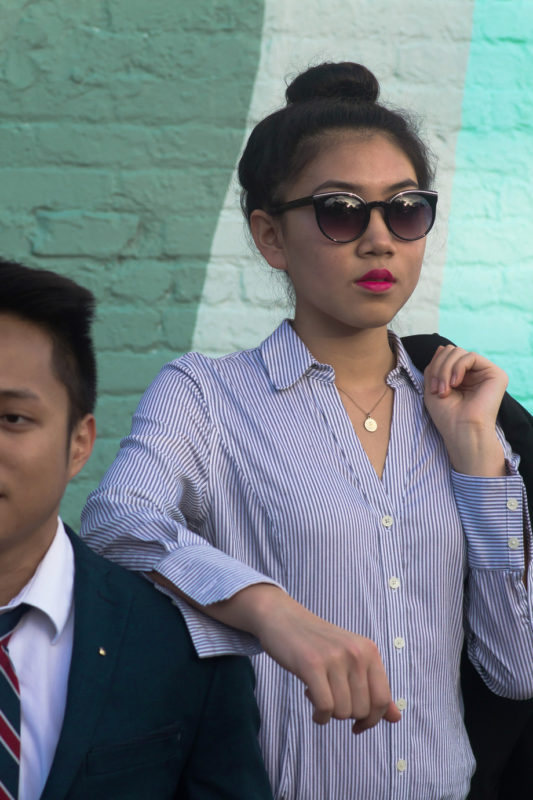
Photo by Ashley Williams.
The study showed that white men have a 42 percent advantage of getting promoted to an executive position over white women, a nearly 150 percent advantage over Asian men and a 260 percent advantage over Asian women. The study found that race was a more significant factor in differences in the workplace than gender.
“The top executives of bigger companies, at least in America, you’re not going to see a lot of Asian Americans,” said Kanica Phok, a third-year advertising major and member of Alpha Kappa Psi, a business fraternity at the University of Florida. “There’s that preconceived notion that Asians can be hard workers, but that they can’t be leaders.”
Creativity and spontaneity are other traits that many assume Asian Americans lack because of persistent stereotypes.
Schueller recounted conversations with fellow faculty members that involved professors commenting on their students’ performances in class. According to her, many professors will praise how well Asian American students perform on exams and the effort they put forth in class; however, when it comes to creativity and original thinking, they deemed these students lacking in comparison.
“It’s horrible that a lot of what people perceive being Asian is stereotypical,” said Karissa Diomampo, a third-year public relations major and a member of AKPsi. “It’s hard for us to stand out and be our own person.”
According to the U.S. Equal Employment Opportunity Commission, Asian Americans filed 1,213 race or national origin discrimination charges in 2014.
Although Asians typically have little problem with getting hired in a company, they face the threat of plateauing in career advancement, according to a 2011 Forbes article.
Once hired, it is difficult for them to get promoted into higher-level positions.
“It definitely can either discourage you or motivate you,” Diomampo said. “But I think that a lot of people tend to get discouraged.”
According to Forbes, less than 2 percent of Fortune 500 CEOs and corporate officers are of Asian descent, an example of how Asians are not viewed as qualified leaders, based on the stereotype that they lack aggression and social skills.
The diversity of the environment makes a difference in the workplace as Su Ar Lee, a Korean American and senior lecturer in the UF Department of Spanish and Portuguese Studies, experienced.
Sur Ar Lee has experienced the opposite. Beginning her love of Spanish in Argentina, then moving to South Korea to continue her undergraduate studies in Spanish, she became a lecturer in the U.S. without much struggle.

Photo by Ashley Williams.
“UF in general, you have a lot of foreigners, and it’s more open than other countries,” Lee said. “So, if you are an expert or if you’re qualified in one field, you have more chance to get it in or to express yourself and get what you want. There’s fairness in the workplace.”
In Lee’s experience, the perceived social and cultural barriers that the bamboo ceiling poses are becoming less and less true with every generation.
For her, it’s easier to adapt to a culture at a younger age. Lee sees a growth in the Asian American community, and for her, it’s a beacon for other young Asian Americans.
Representation and slow-but-steady progress are paving the way for future leaders.
“I hope that many young students can see those leaders who have already succeeded in the field, and also can encourage them and pull out their potential and succeed,” Lee said.
—
Featured photo by Ashley Williams.

